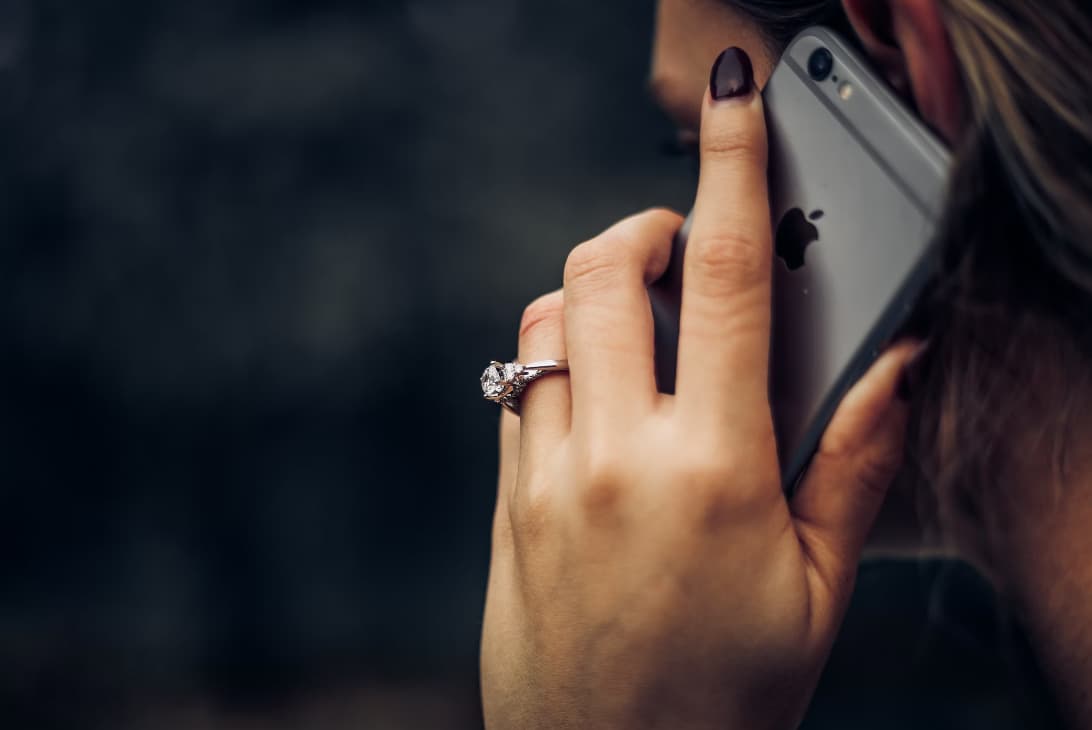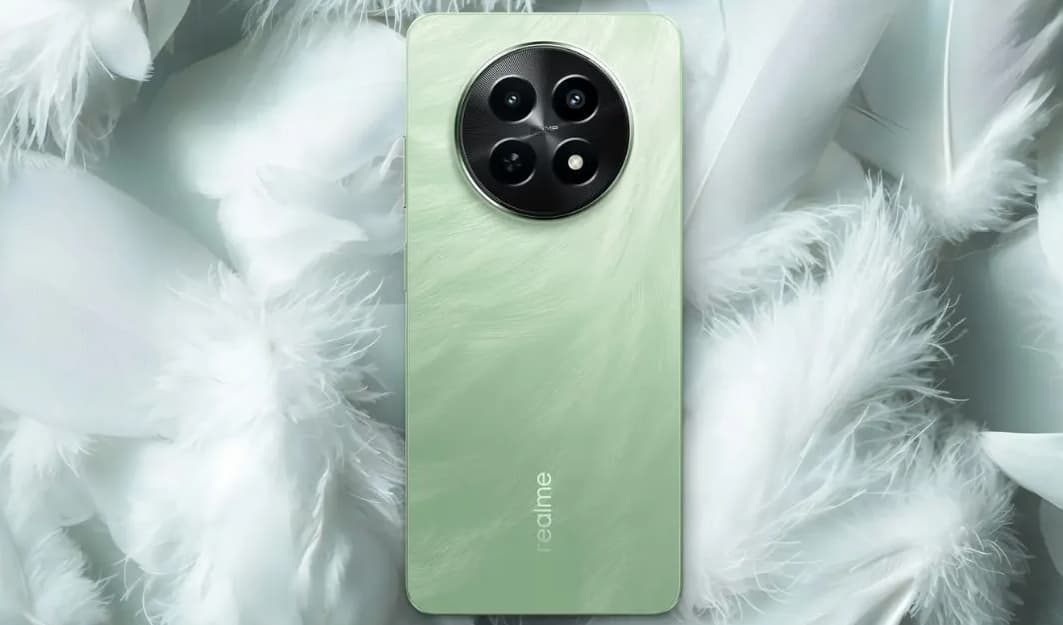Seeing the intercepted message stating “the person you are calling cannot accept calls at this time” when trying to phone someone can certainly be annoying and concerning.
This comprehensive guide examines the meaning behind this call blocking notice, outlines the top reasons you may encounter it, provides troubleshooting tips to attempt fixing potential issues, and answers common questions about call blocking.
What Does “Unable to Accept Calls” Mean? Intercept recordings, also known as intercept messages or intercept tones, are standardized notifications applied when calls fail to properly connect on mobile networks. First codified in the 1970s, these short prerecorded intercept messages play when cellular calls cannot be completed for various reasons.
Despite common suspicions of monitoring or intentional blocking, hearing “cannot accept calls” typically signals issues reaching the intended recipient vs. active blocking by a service provider.
The Person You Are Calling Cannot Accept Calls At This Time

Reasons may include user configurations, device statuses, network problems, or deactivated numbers.
Key Reasons For Call Blocking Messages
When continually hearing the intercept message that the recipient won’t accept calls, usual explanations include:
- Call blocking settings are enabled to filter certain numbers.
- Do Not Disturb mode rerouting calls automatically.
- Network connectivity issues impair call completion.
- An inactive number or voicemail is not set up.
- Phone switched off/unavailable preventing call receipt.
Main Reasons your calls might be blocked in more detail:
You’ve Been Blocked by Recipient The most suspected reason for blocked calls is the recipient intentionally filtered your number.
Call blocking functionally on smartphones lets users dictate which incoming calls can ring through or route straight to voicemail. When blocked, attempts to call will typically:
- Show 0 rings before dumping to voicemail.
- Play “cannot accept call” intercept recording after several rings.
- Omit missed call notifications from the recipient’s call log history.
People often enable call blocking on certain contacts to mute unnecessary calls. Trying alternate numbers provides clues if your specific line was singled out.
Reason #1: Do Not Disturb Mode Enabled
As an alternative to outright call blocking, many recipients enable Do Not Disturb mode on smartphones when occupied or trying not to be disturbed. This auto-sends all calls to voicemail during enabled times/settings. Attempts to call someone in DND often:
- Play “cannot accept calls” intercept message after ringing
- Forward directly to voicemail without ringing through
- Omit call notifications from the recipient’s call logs
Do Not Disturb only reroutes calls temporarily based on customized schedules. Normal call experiences resume outside DND enabled hours.
Reason #2: Network Connectivity Issues
Given the reliance on cellular and WiFi connectivity, network problems can easily disrupt successful call completion:
- Local tower congestion/maintenance
- Inclement weather disrupting infrastructure
- Widespread carrier outages based on usage
- Overloaded bandwidth choking call access
- Failing network hardware within carrier systems
Connectivity issues leading to blocked or dropped calls will trigger generic “cannot accept call” messages without Recipients intentionally blocking. Checking carrier status pages helps diagnose problems.
Reason #3: No Voicemail Configured
Cell phones typically forward unanswered calls to voicemail boxes for message leaving. However, some users don’t have voicemail properly activated. Calls to these subscribers that continue ringing without voicemail retrieval will return intercept messages that the line is not accepting calls.
This mimics intentional blocking but relates to voicemail missing as the call’s secondary routing option. Properly reconfiguring voicemail solves this phantom call blocking experience.
Troubleshooting Tips for Call Blocking Issues
If continually getting intercept messages that recipients cannot accept calls, try troubleshooting:
- Reset Network Settings to refresh connectivity.
- Toggle Airplane Mode on/off to force reconnect.
- Clear cache/data for native dialer apps.
- Test calls over WiFi instead of mobile network.
- Factory reset the device to eliminate software issues.
- Use an alternate device with a different SIM card.
- Contact carrier support to report network problems.
FAQs:
- What are some signs that a number has been blocked?
Some signs your number may be blocked include the call going straight to voicemail, getting a fast busy signal after dialing, or hearing an intercept message saying the person cannot accept calls. Lacking any rings or missed call notifications is also a potential clue.
- Can you tell if someone blocked you on Android?
There is no definitive way to confirm if someone blocked your number on Android, but clues include repeated intercept messages, calls going straight to voicemail, and no rings or record of dialed calls in your history to them.
- Does blocking a number on an iPhone notify the blocked person?
No, blocking someone via iPhone settings does not notify the blocked number or show them anything different. To the recipient, it will simply appear as though calls are going to voicemail as usual.
- Can I get around someone blocking my number?
There are a few options to try getting around blocking like using *67 to hide your outgoing caller ID before dialing, calling from alternate numbers in hopes one isn’t blocked, or contacting them by alternative communication channels. However, blocks cannot be overridden without consent.
- Why does my phone say “not accepting calls at this time” for everyone?
If the message occurs attempting to call all numbers, it likely indicates an issue with your phone’s network connectivity vs. individual blocking by every contact. Check for outage alerts from your carrier or troubleshoot your device’s cellular data and calling functionality.
- How do I know my call blocking is working?
Ways to verify your call blocking is actively working include a lack of rings when known blocked numbers try to dial you, calls from blocked contacts going straight to voicemail mailbox, and no indications of missed calls or voicemails from those persons afterward.
- Can someone blocked still leave a voicemail?
Yes, a blocked caller can still potentially leave a voicemail message since your phone’s network voicemail system handles recording and storing messages separately from live call connections. But you also have the option to delete messages from blocked numbers.
- Do all mobile carriers offer call blocking?
The major mobile carriers like Verizon, AT&T, T-Mobile, and Sprint all include various call blocking options to filter spam and robocalls and personalize settings to block specific unwanted inbound numbers at a device level. Individual results can vary.
- What happens when you change SIM card and someone blocks your number?
Changing device SIM cards does not affect retaining previous user-defined call-blocking settings. As the blocking occurs based on the actual phone number, calls from your new SIM and number will face the same restrictions and inability to connect.
- How long do blocks on my iPhone stay active?
Call blocking configured in iPhone settings has an indefinite duration unless proactively removed. Blocks will persist across operating system updates, new SIM cards activated on existing device numbers, or troubleshooting steps like factory resets. Removing blocks requires manual unblocking.
More Related Guides:
Conclusion
Hearing “The person you are calling cannot accept calls at this time” on attempted outgoing calls rightfully raises frustrations and concerns around potential blocking.
However, there are many technical and practical reasons for failed call connections beyond deliberate blocking by recipients.
Before assuming your number is specifically blacklisted, rule out device issues, connectivity problems, incorrectly configured voicemail, and similar simple explanations through concerted troubleshooting efforts.



